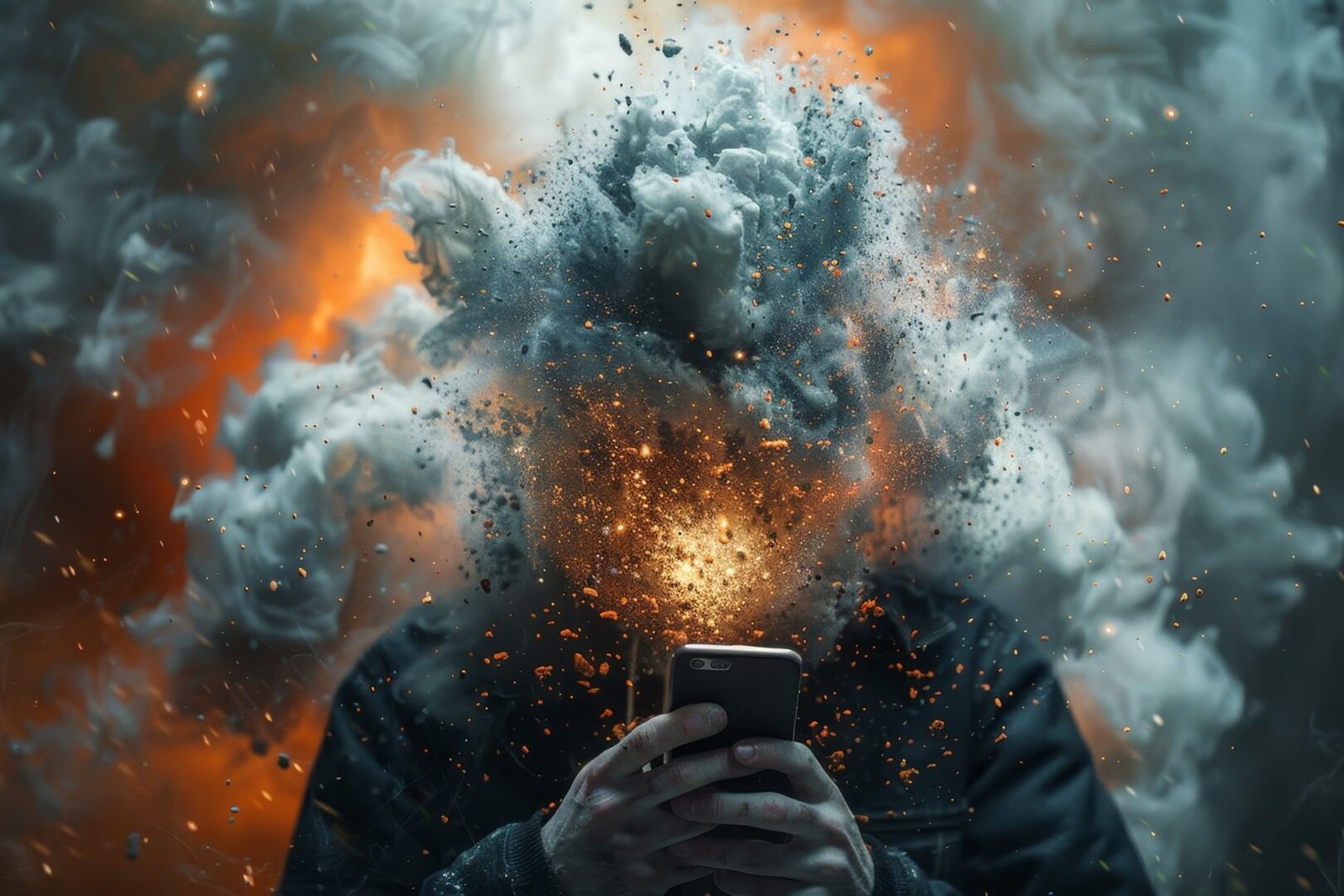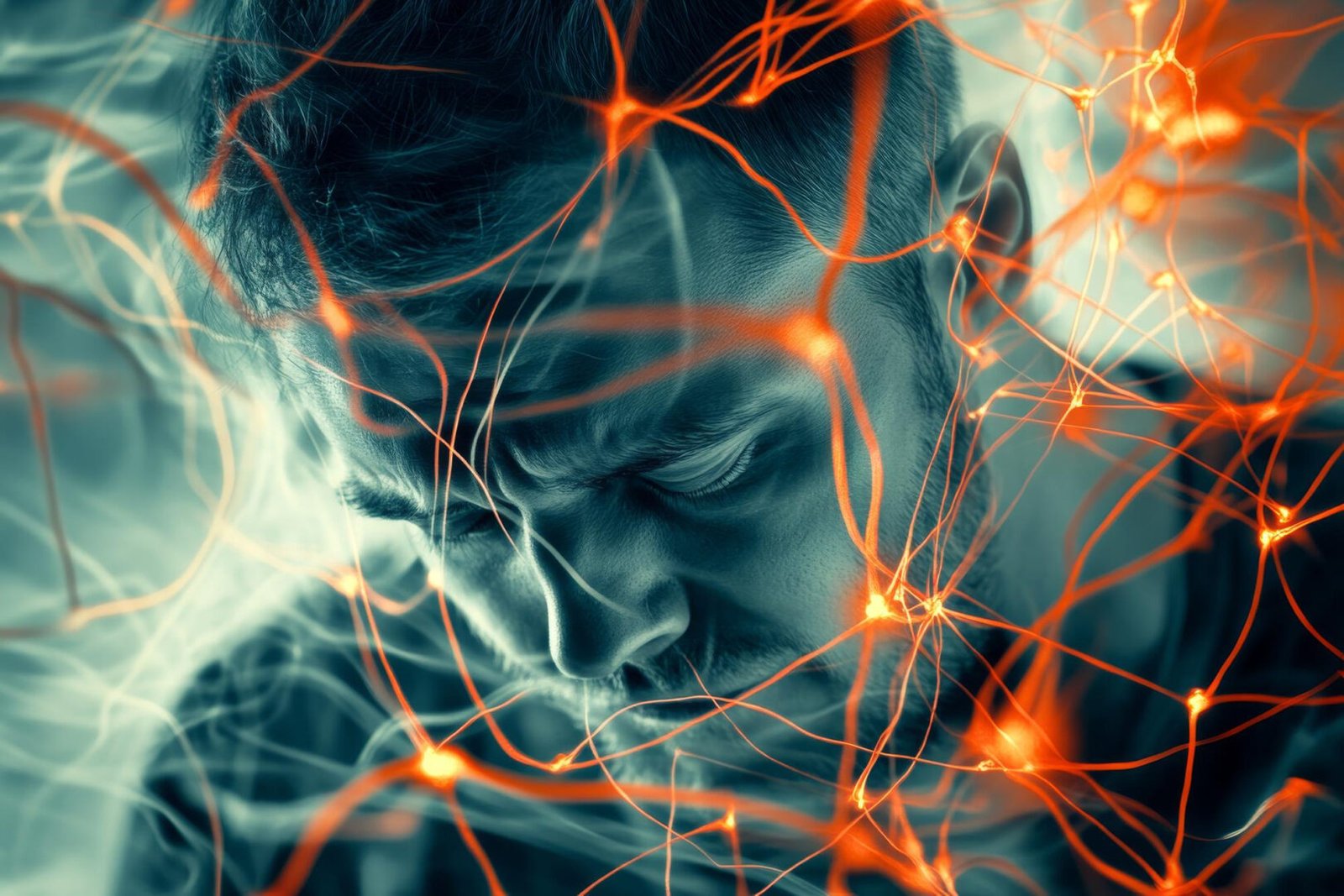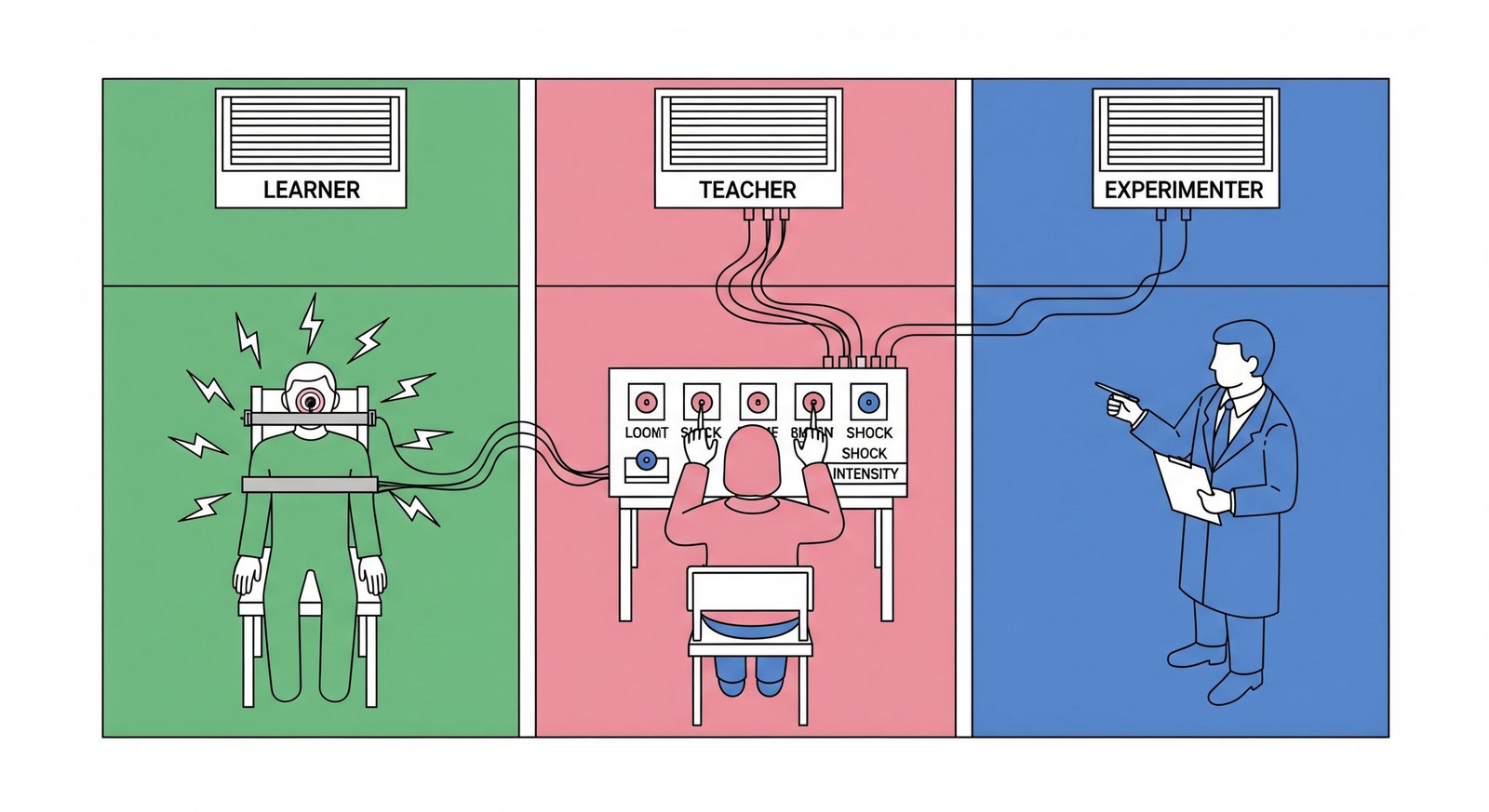In our hyper-connected world, where smartphones are extensions of our hands and social media shapes our realities, the lines between healthy digital engagement and problematic overuse are increasingly blurred. What once seemed like innocuous habits can, for some, morph into genuine psychological challenges. As of 2024-2025, mental health professionals and researchers are keenly observing a rise in what can be termed “digital disorders” – a spectrum of conditions born from our symbiotic, yet sometimes sinister, relationship with technology.
This article delves into eight prevalent digital disorders that might be silently impacting your well-being. Authored by an expert in digital wellness, this comprehensive guide will help you identify the signs, understand the implications, and discover actionable strategies for fostering a healthier digital life.
The Rise of the Digital World Ailments
The pervasive nature of digital technology means that our brains are constantly bombarded with information, notifications, and social cues. While offering unparalleled connectivity and convenience, this constant digital immersion can exert significant pressure on our mental and emotional states. The disorders discussed below are not formal diagnoses in all cases (such as the Diagnostic and Statistical Manual of Mental Disorders, DSM-5-TR), but they represent widely recognized patterns of behavior and psychological distress linked to digital use.

1. Nomophobia: The Fear of Being Phone-less
Nomophobia, short for “no-mobile-phone phobia,” describes the intense fear or anxiety individuals experience when separated from their smartphone. This isn’t just about inconvenience; it’s a genuine psychological distress.
- What it looks like:
- Constant checking of one’s phone, even when there’s no notification.
- Panic or anxiety when the phone battery is low or signal is lost.
- Bringing the phone everywhere, including to the bathroom.
- Prioritizing phone access over social interactions or other activities.
- Latest Trends (2024-2025): Recent studies indicate that nomophobia continues to be highly prevalent, particularly among younger demographics. A 2024 study involving university students in Turkey found that a significant majority (95%) had active internet connectivity, hinting at the potential for widespread nomophobia where device separation is rare. Up to 77% of teens report experiencing anxiety when without their device, and it’s increasingly observed in adults as well.
- Expert Insight: “Nomophobia often stems from a deep-seated need for constant connection and reassurance,” explains a leading digital psychologist. “It can be linked to low self-esteem, impulsiveness, and a fear of missing out (FOMO).”
- Actionable Strategy: Implement “digital tethering breaks.” Consciously leave your phone in another room for short, increasing periods. Engage in activities that don’t require your phone, like reading a physical book or a short walk.
2. Internet Addiction / Digital Addiction: The Compulsive Connection
Internet Addiction Disorder (IAD), often broadly referred to as Digital Addiction, is characterized by compulsive internet use that significantly interferes with daily life, relationships, work, or academics.
- What it looks like:
- Neglecting responsibilities to spend time online.
- Losing track of time while using digital devices.
- Experiencing withdrawal symptoms (irritability, anxiety, depression) when unable to access the internet.
- Developing physical ailments like eye strain, carpal tunnel syndrome, or insomnia due to excessive screen time.
- Latest Trends (2024-2025): While specific global prevalence rates for 2024-2025 are still being consolidated, estimates suggest that approximately 6% of global internet users may experience symptoms of digital addiction. A concerning statistic from 2025 indicates that 45% of teenagers self-identify as feeling “addicted” to social media.
- Expert Insight: “The brain’s reward system can become rewired by constant digital stimulation, creating a dependency similar to substance addiction,” notes a behavioral addiction specialist.
- Actionable Strategy: Set clear digital boundaries. Use “screen time” features on your devices to monitor and limit usage. Identify specific “no-go” times (e.g., during meals, before bed) and apps. Consider engaging in hobbies that are completely offline.
3. Cyberchondria: The Online Health Anxiety Loop
Cyberchondria refers to the tendency to excessively research health information online, leading to heightened anxiety and unfounded concerns about one’s health. “Dr. Google” can quickly become a source of distress rather than reassurance.
- What it looks like:
- Interpreting mild symptoms as signs of severe or rare diseases after online searches.
- Spending hours researching medical conditions, often leading to increased worry.
- Distrusting medical professionals’ diagnoses in favor of self-diagnosis based on internet findings.
- Latest Trends (2024-2025): Cyberchondria remains a significant concern in healthcare. Research in 2024 explored the association between cyberchondria and attention to negative information, highlighting the tendency for individuals with higher cyberchondria to focus on alarming health content. While precise figures for GP appointments are evolving, the trend suggests a continued impact on healthcare systems, driving unnecessary consultations due to online-induced health anxiety.
- Expert Insight: “Cyberchondria thrives on uncertainty and the endless rabbit hole of online information,” advises a cognitive behavioral therapist. “The internet rarely provides the nuanced context a medical professional can offer.”
- Actionable Strategy: Consult reliable, official health sources (e.g., World Health Organization, national health services) if you have a genuine health concern, but avoid self-diagnosing. If anxiety persists, seek advice from a qualified healthcare professional. Limit your exposure to health-related forums or unofficial symptom checkers.
4. Digital Zombie: The Disconnected Present
A Digital Zombie describes an individual so engrossed in their digital device that they become oblivious to their immediate surroundings, often leading to safety hazards.
- What it looks like:
- “Distracted walking” – walking into obstacles, traffic, or other people while staring at a phone.
- Ignoring real-world interactions and conversations in favor of screen engagement.
- A general lack of awareness of one’s physical environment.
- Latest Trends (2024-2025): The “digital zombie” phenomenon continues to pose public safety challenges. Efforts to raise awareness about distracted walking are ongoing in many cities. While the term can also refer to “digital resurrection” (e.g., AI-generated content of deceased celebrities), its primary association in this context remains the behavioral impact on individuals.
- Expert Insight: “Being present requires conscious effort, especially with the constant pull of notifications,” highlights a public safety advocate. “The digital world should not overshadow the real one, especially when personal safety is at stake.”
- Actionable Strategy: Practice mindful walking. Put your phone away when navigating public spaces. Be consciously aware of your surroundings. Dedicate specific times for checking notifications and messages, rather than constant, reactive engagement.
5. Cybergenic Stress Syndrome / Computer Rage: The Tech-Induced Temper
Cybergenic Stress Syndrome, often manifesting as Computer Rage, refers to feelings of frustration, anger, or aggression triggered by technological malfunctions, slow internet speeds, or digital errors.
- What it looks like:
- Verbally or physically lashing out at devices (e.g., shouting at a computer, hitting a keyboard).
- Significant stress, anxiety, or anger over tech issues.
- Disproportionate emotional reactions to minor digital glitches.
- Latest Trends (2024-2025): As our reliance on technology grows, so too does the potential for frustration when it fails. The concept of “tech etiquette” and user experience (UX) design are gaining more attention in mitigating such stress.
- Expert Insight: “Our brains are wired for immediate gratification, and technological delays can trigger a ‘fight or flight’ response,” explains a human-computer interaction specialist. “Developing digital resilience is key.”
- Actionable Strategy: Take deep breaths when encountering tech issues. Remind yourself that the frustration is temporary and usually not personal. Step away from the device if you feel your anger rising. Explore problem-solving resources or seek professional tech support if issues persist.
6. Truman Show Delusion: When Reality Becomes a Spectacle
The Truman Show Delusion is a psychiatric delusion where an individual believes their life is secretly a staged reality show, broadcast for others’ entertainment, much like the 1998 film “The Truman Show.”
- What it looks like:
- Feeling constantly watched or monitored.
- Believing that friends, family, and strangers are actors in a grand theatrical production.
- Interpreting everyday events as scripted cues or orchestrated scenarios.
- Latest Trends (2024-2025): While not an official psychiatric diagnosis in itself, the Truman Show delusion is a recognized variant of persecutory or grandiose delusions. Its emergence in 2008 and continued discussion among mental health professionals highlights how pop culture and surveillance technologies (like CCTV and pervasive social media) can influence the content of delusional beliefs. Instances continue to be reported globally, often in individuals with underlying psychiatric conditions.
- Expert Insight: “This delusion reflects a profound disconnect from reality, often rooted in deeper psychological vulnerabilities,” states a consulting psychiatrist. “The rise of surveillance culture and reality television may provide a ‘narrative’ framework for these pre-existing delusional tendencies.”
- Actionable Strategy: This is a serious psychiatric concern requiring professional intervention. If you or someone you know exhibits symptoms of the Truman Show Delusion, it is crucial to seek immediate help from a mental health professional, such as a psychiatrist or psychologist.
7. Mean World Syndrome: The Shadow of Digital News Consumption
Coined by media scholar George Gerbner, Mean World Syndrome describes the phenomenon where heavy exposure to violent or negative media (including news and social media feeds) cultivates a belief that the world is far more dangerous and threatening than it actually is.
- What it looks like:
- Increased anxiety and fear about crime, violence, or global events.
- A generalized sense of pessimism and distrust towards others.
- Overestimating the prevalence of negative events based on media portrayals.
- Latest Trends (2024-2025): In today’s hyperconnected world, Mean World Syndrome has evolved. It’s no longer just about TV; it’s about the “doomscrolling” and algorithmically curated feeds that prioritize sensational and negative content. This feedback loop of fear feeds clicks, and clicks feed fear, creating a constant sense of unease.
- Expert Insight: “Our algorithms are designed to keep us engaged, and often, negative or sensational content is highly engaging,” explains a media literacy expert. “This constant diet of fear can distort our perception of reality.”
- Actionable Strategy: Diversify your news sources, seeking out constructive and positive news in addition to critical analysis. Limit your exposure to sensationalized headlines and endless scrolling. Engage in real-world interactions and community involvement to counterbalance negative media portrayals.
8. Digital Perfectionism: The Curated Self and its Costs
Digital Perfectionism is an emerging pattern of striving for an unrealistic ideal self-image through meticulously curated social media profiles, often leading to significant anxiety and self-criticism.
- What it looks like:
- Excessive editing, filtering, and curating of photos and posts to present an “ideal” life.
- Feeling inadequate or distressed when comparing one’s real life to the seemingly “perfect” lives of others online.
- Anxiety about likes, comments, and online validation.
- Fear of not meeting perceived online standards.
- Latest Trends (2024-2025): The pressure to maintain a perfect online persona continues to be a major contributor to mental health issues, particularly among younger generations. Research in 2024 highlights the correlation between perfectionistic concerns and symptoms of anxiety and depression, emphasizing the psychological toll of this pursuit.
- Expert Insight: “Social media often showcases highlights, not reality,” reminds a mental health professional specializing in self-esteem. “Chasing digital perfection can be an exhausting and ultimately unfulfilling endeavor, fostering a constant sense of inadequacy.”
- Actionable Strategy: Practice digital self-compassion. Remind yourself that social media is often a highlight reel, not an accurate reflection of daily life. Focus on authentic self-expression rather than seeking external validation. Take breaks from platforms that trigger comparison or anxiety.
Key Takeaways and Actionable Strategies for Digital Well-being

Understanding these digital disorders is the first step towards fostering a healthier relationship with technology. Here are some overarching strategies:
- Mindful Technology Use: Be intentional about your digital interactions. Ask yourself “Why am I picking up my phone?” or “What purpose does this app serve right now?”
- Set Clear Boundaries: Establish “tech-free” zones and times in your day (e.g., no phones at the dinner table, no screens an hour before bed).
- Digital Detoxes: Regularly scheduled breaks from all digital devices can help reset your relationship with technology, improving sleep, reducing stress, and enhancing focus. Start small, perhaps a few hours each week or a full screen-free day monthly.
- Cultivate Offline Hobbies: Engage in activities that genuinely interest you and don’t involve screens. This helps diversify your sources of joy and fulfillment.
- Prioritize Real-World Connections: Make time for face-to-face interactions with friends and family. Genuine human connection is vital for mental well-being.
- Critical Media Literacy: Develop a discerning eye for online content. Question sources, understand algorithms, and be aware of how media can shape your perceptions.
- Seek Professional Guidance: If you find yourself struggling significantly with any of these digital disorders, or if they are impacting your daily life, do not hesitate to consult a mental health professional. Therapists, psychologists, and psychiatrists can provide tailored strategies and support.
Reclaiming Your Digital Life
Our digital lives offer incredible opportunities, but they also present unique challenges to our mental health. By recognizing the signs of these emerging digital disorders—from the anxiety of nomophobia to the self-criticism of digital perfectionism—we empower ourselves to take control. The goal isn’t to demonize technology, but to cultivate a balanced, mindful, and healthy relationship with it.
It’s time to move beyond reactive scrolling and passive consumption. By implementing conscious strategies and prioritizing our well-being, we can navigate the digital landscape with greater resilience, clarity, and peace of mind.
Reclaim your digital well-being today. Start by reflecting on your own habits and making one small, positive change. Your mental health will thank you.


